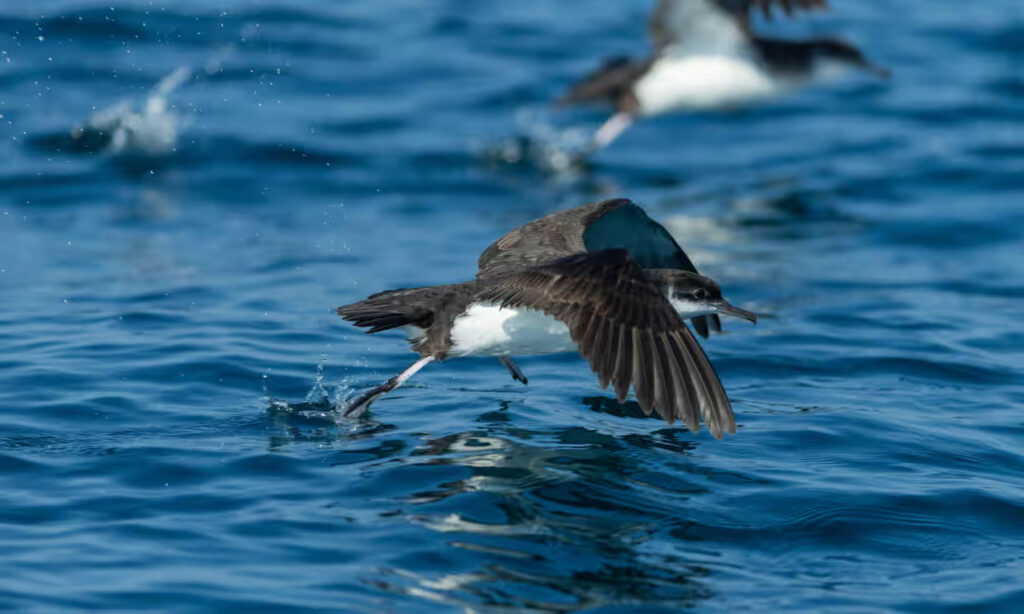While wildlife fairs and festivals have become routine events in the environmental calendar, I often find myself facing the same dilemma encountered in wildlife television. Whether watching the screen, strolling through product aisles, or attending lectures, they all seem like pale reflections of the actual experience they aim to celebrate—being in nature itself.
Finally, I have discovered an event that tackles this issue head-on. The Spurn Migration Festival presents a magnificent weekend program during the key migratory period, situated in a location where this unfolding drama is more visible than anywhere else in mainland Britain. On the Humber estuary, which borders the peninsula on its southeastern edge, there are thousands, perhaps tens of thousands, of birds omnipresent.
For the cost of fish and chips for two at a pub, attendees gain access to all wildlife excursions, nature walks, and demonstrations over the three days. It’s not just about birds, and it’s not solely about identification. The festival offers art classes, photographic tuition, and field sessions covering moths and broader insects.
One of my highlights at the Spurn Migration Festival was encountering a convolvulus hawk moth, a monster the length of my pinky, adorned with hoops of white, black, and rose along its abdomen. What makes this giant even more impressive is the likelihood that it had flown 500km across the sea to join the festival.
However, the top spot went to a great shearwater—one of the most impressive migrants among all planetary life forms. The individual, seen by many as the festival opened, was likely born somewhere like Ascension or Tristan da Cunha, definitely in the southern hemisphere. It then embarked on a vast clockwise arc around the Atlantic, possibly journeying alone through unspeakably remote ocean stretches, until it eventually detoured down the North Sea right to Spurn’s shoreline. In its hopefully long life, it will cover millions of kilometers.
A notable detail: the second person to see it was William Lambourne (aged 14), who the next day earned a heap of prizes by coming first in the senior category of the Martin Garner Spurn Young Birder competition. In doing so, he both exemplified and completed a circular sense of community running between naturalists and nature at this festival.
